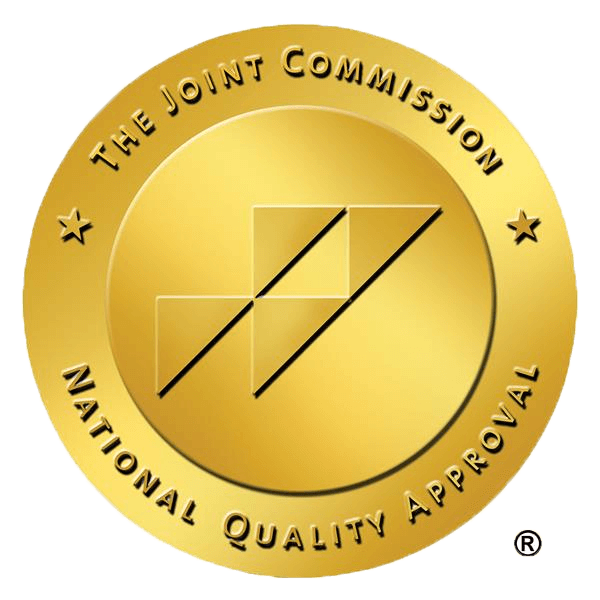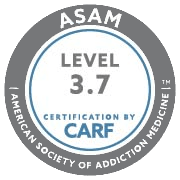The 5 Stages of Recovery
Once someone who’s suffering from addiction makes the decision to pick up the pieces of their lives, they have a complex journey ahead. While every individual has their own unique experience, successes, and pitfalls, recovery occurs in five stages. From the start of harm reduction and into general abstinence onward to long-term recovery, understanding these stages will help people recognize and preempt relapses.
The Five Stages of Recovery
Abstinence
Recovery is much more than simply flushing your system of harmful substances. However, getting clean and staying clean is where every journey of recovery starts. Abstinence is often a battle unto itself, as withdrawal symptoms can be incredibly difficult to deal with. Many complications can occur as a result of withdrawals, so it’s often necessary to gradually wean an addict off of the substance. Furthermore, relapses are most common immediately after the cycle of habitual use has been broken.
Successful abstinence requires determination to make a positive change in your life and the actions to back it up. This means committing to support groups, maintaining self-care, and practicing your ability to say no to peer pressure and your own urges.
Repair
Once an addict has successfully abstained from use in the short-term, it becomes necessary to face the consequences of their addiction. This can include the damage it caused to their relationships, finances, and professional lives. Owning up to these things makes the repair stage remarkably challenging, and relapsing is common.
However, addicts can still come to appreciate the return of agency and control in their lives. While addiction is something many people suffer from, it doesn’t define who they are. After working to repair their lives, a recovering addict moves into the growth stage.
Growth
Addiction is rarely the whole story. When you look at the story of an addict, it’s common to see trauma and escapism as a common bond. After repairing the immediate damage of addiction, people are able to begin growing beyond the person they were when they first became addicted. Instead of going back to the times before addiction, people build a better life than they had.
Late Stage Recovery
Late stage recovery overlaps with the growth phase and marks the point where a person feels free of their addiction. Relapse is comparatively rare at this point, and it’s causes often lie in self-destructive thought processes. The newfound sense of control people have sometimes leads them to think that they can use substances without falling into addiction. By evading this mental trap, people can move forward into ongoing success.
Ongoing Self-Care
When someone has worked hard to get and stay clean, relapse itself is a process that occurs in stages. Ot comes after a gradual, but pronounced decline in self-care which spirals until the person is desperate for the respite that substances seem to offer. In this context, relapse is the ultimate consequence of the collapse of the new life a recovering addict has built. By understanding these warning signs, an addict will be able to nip relapse in the bud before it occurs.
Begin the Journey to Recovery
Addiction is a chronic illness, and the journey towards recovery is one that lasts a lifetime. Here at Dana Point Rehab Campus, we utilize the latest in addiction science to help people live full, happy lives. If you or a loved one need help battling addiction, get in touch with us.









Leave a Reply
Want to join the discussion?Feel free to contribute!